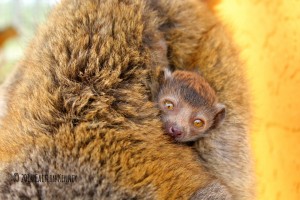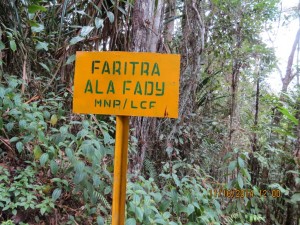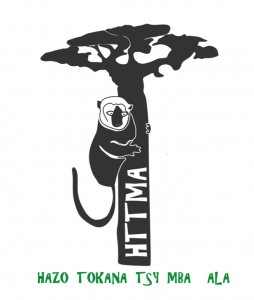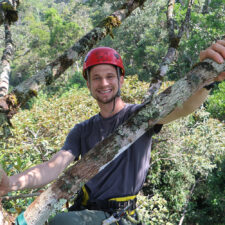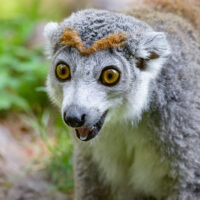
Archive | Sanford’s brown lemur

Lemur Conservation Foundation
 Lemur Conservation Foundation
Lemur Conservation Foundation
Supporting Member of the Lemur Conservation Network
What We Do
The Lemur Conservation Foundation (LCF) helps conserve lemurs through managed breeding programs, outreach, and on-the-ground conservation in northeast Madagascar.
We are a non-profit corporation dedicated to the preservation and conservation of the primates of Madagascar through managed breeding, scientific research, and education. The foundation (and accompanying lemur reserve) focus on fostering natural lemur behavior to encourage a dynamic population.
LCF supports educational programs started by the late Dr. Alison Jolly in Madagascar and is developing content to bring those programs to classrooms in the United States. In addition, LCF provides financial support to assist in the establishment of a tourist and research camp in Anjanaharibe-Sud Special Reserve in northeast Madagascar, home to the elusive Silky Sifaka and a unique population of Indri with black pelage.
How We Protect Lemurs And Other Wildlife
LCF has partnered with the Madagascar National Parks in Anjanaharibe-Sud Special Reserve (ASSR) to provide boundary demarcations for this protected area and a site called Camp Indri which provides base camp for tourists and researchers. This helps protect habitat for lemurs and other wildlife.
Ex-situ we operate a 100 acre reserve in Myakka City, Florida. The reserve is set up with two semi free-ranging forests, each approximately ten acres, and two traditional enclosure buildings. As a Certified Related Facility with the Association of Zoos and Aquariums, LCF participates in the Eulemur Species Survival Plan (SSP), Ruffed Lemur SSP, and Ring-tailed Lemur SSP, which include a global network of institutions working towards the propagation of selected lemur species in order to ensure the healthy existence of those species whose survival is in peril.
LCF also hosts field training programs, in which professors and their students utilize the facility and the lemur colony for behavioral observations and research on social dynamics and cognitive skills, as well as habitat use and food selection. These training programs produce future primatologists and conservation biologists which will carry the conservation imperative forward for lemurs and other endangered species. Fostering and inspiring conservation based careers is an invaluable part of LCF’s mission.
What Lemur Species We Protect
At our reserve in Florida, we house over 45 lemurs of six different species, most of which are critically endangered or endangered. LCF is a Certified Related Facility with the Association of Zoos and Aquariums and participates in their Species Survival Plans which work to maintain a genetic safety net for a variety of lemur species. The species currently at the reserve are:
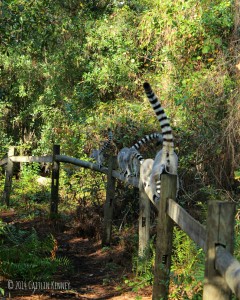
A family of Lemur catta in one of LCF’s semi free-ranging forests, where field students can observe lemurs in a natural environment.
- Collared lemur (Eulemur collaris)
- Mongoose lemur (Eulemur mongoz)
- Sanford’s lemur (Eulemur sanfordi)
- Common brown lemur (Eulemur fulvus)
- Red ruffed lemur (Varecia rubra)
- Ring-tailed lemur (Lemur catta)
LCF is supporting projects in Anjanaharibe-Sud Special Reserve (ASSR), a large mountainous rainforest in northeastern Madagascar, which has long been recognized as a lemur priority site. At least 11 lemur species are found here including:
- Indri (Indri indri)
- Silky sifaka (Propithecus candidus)
- Aye-aye (Daubentonia madagascariensis)
- Mittermeier’s mouse lemur (Microcebus mittermeieri)
- Northern bamboo lemur (Hapalemur occidentalis)
How We Support Local Communities
Educational Outreach
We have the pleasure of continuing Dr. Alison Jolly’s legacy with the Ako Project, in collaboration with Dr. Hanta Rasamimanana, Dr. Jolly’s former colleague, professor at ENS, and Madagascar’s “Lemur Lady”.
The Ako Project, sponsored by EnviroKidz, is an educational children’s book series, translated in both English and Malagasy, which is intended to teach Malagasy children about different species of lemur in a fun, tangible way. The books come with matching curriculum to help teachers convey the conservation themes and concepts envisioned for the stories.
Training support
LCF also collaborates with École Normale Supérieure (ENS), the teachers’ training arm of the University of Antananarivo. This partnership supports the students of ENS in their field research and field work theses at the Berenty Reserve, a private wildlife reserve in southern Madagascar. Research done at Berenty includes lemur census surveys and plant phenology.
Hazo Tokana Tsy Mba Ala
Hazo Tokana Tsy Mba Ala
What We Do
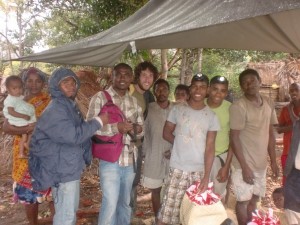
Our pilot study will set up a foundation for the establishment of forest management activities in their target regions using a three-pronged approach to conserve existing forest fragments:
- increasing ecological, zoological and botanical knowledge of the area;
- initiating reforestation programs; and
- ensuring community-based conservation programs.
How We Protect Lemurs And Other Wildlife
Together with Malagasy scientists trained at universities in Mahajanga and Antsiranana, we’re undertaking some of the first ecological assessments of two focal forests: Analalava and Ambohitrandrina. This means describing the area’s lemurs, animals, and plants, as well as the anthropogenic threats facing these ecosystems, including deforestation. The area has rarely been visited by scientists and taxonomists, and the work will help define new priority areas for conservation and reforestation.
We also aim to extend our work to other neighboring areas once we’ve established sustainable programs in the current project sites. Looking forward, we plan to set up a tree nursery, collect seeds, and grow and plant 10,000 trees; the goal for the pilot project will be to reforest 5 hectares of degraded habitat, to improve it for wildlife.
What lemur species does HTTMA protect?
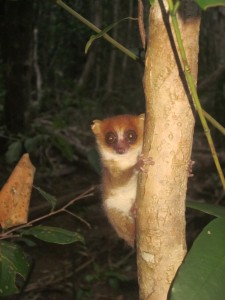
- Crowned lemurs (Eulemur coronatus)
- Fork-marked lemurs (Phaner sp.)
- Mouse lemurs (Microcebus sp.)
- Sanford’s brown lemur (Eulemur sanfordi)
- Sportive lemurs (Lepilemur sp.)
How We Support Local Communities
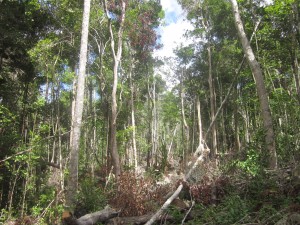
We’ve worked together with communities to discuss and write a conservation and reforestation road map. In addition, activities will create at least five temporary jobs (8+ months of employment each) as well as one, full-time position for a local graduate student who will act as a coordinator of the organization’s activities. The organization will also train members of the local community to enhance their knowledge in biology, ecology, and conservation, including hired guides, reforestation technicians, and students.

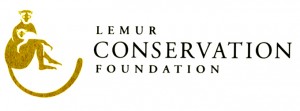 Lemur Conservation Foundation
Lemur Conservation Foundation